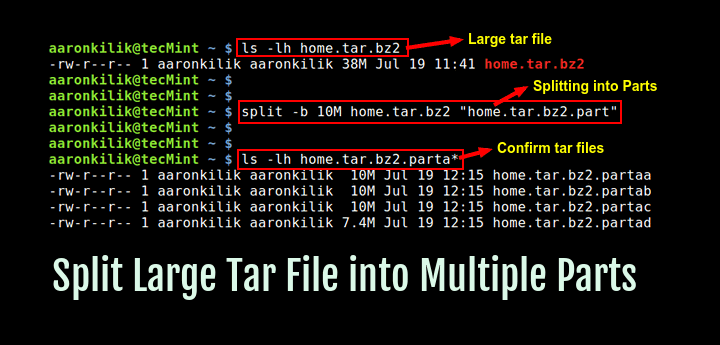
UNTAR TAR GZ ARCHIVE
In x mode, changes directoriy after opening the archive but before extracting entries from the archive. In c and r mode, this changes the directory before adding the following files. (what is next after the f is the archive file) Now, when I have multiple tars, it will first untar all of them and then delete the tar files.


UNTAR TAR GZ HOW TO
Additionally, if you want to learn how to create tar.gz files in Linux, check out our excellent guide, How to Create tar.gz Archive Using the tar Command on Linux. To untar tar.gz files means to extract the contents of the tar file (also known as a tarball). tar xf file.tar - to uncompressed tar file (.tar) tar xC /var/tmp -f file.tar - to uncompress tar file (.tar) to another directory The tar program takes one or more files and wraps them into a self-contained file. tar.gz) tar xjf 2 - to uncompress a bzip2 tar file (.tbz or. Take note that for Windows users, you will need 7zip to unzip tar gz. Tar xzf - to uncompress a gzip tar file (.tgz or. To do so, simply right-click on the tar.gz file you want to extract and click on Extract. The program, tar, will uncompress both types and extract the files from archive. Generally that are compressed using gzip or bzip2. This guide is focusing on finding solutions to extract various types of tar files to a specific directory.Tar file can come compressed or uncompressed. It will do the job, but the procedure is time-consuming. So, how to extract the tar file to a particular path? One way is to extract the tar file in the current directory and then copy it to the desired directory. The problem is probably, that you have not found the extracted file. In other words, I think that 'untar' worked for you. z: The z option is very important and tells the tar command to. This option will list all of the files one by one in the archive. Where, x: This option tells tar to extract the files. In many situations, you have to extract the data of a tar file to some specific directory. This is a local path (seen from the current directory), so use the command. 1) If your tar file is compressed using a gzip compressor, use this command to uncompress it.

It is noteworthy that the Tar utility does not compress the files for compression, you need “gzip” or “bzip” utilities.Īs a Linux administrator, you often have to deal with tar files. Tar (Tape Archive) is a program that collects the files and grabs some helpful information about files it archives, such as permissions, dates, etc. The same command can be used to extract tar archives compressed with other algorithms, such as. tar auto-detects compression type and extracts the archive. You will extract the files into a new folder using the same file type (file-1.0) most of the time. To extract a tar.xz file, invoke the tar command with the -extract ( -x) option and specify the archive file name after the -f option: tar -xf.
UNTAR TAR GZ CODE
Here’s the Python code example: import os filename '' os.
UNTAR TAR GZ TORRENT
So, what is a tar file? A tar file is a collection of many files into one file. or tar.tgz to uncompress a GZIP torrent (.tgz or.tar.gz) or tar.xjf to uncompress a tar file made by XZF (). To extract gz file (Python), you have to run the Python interpreter and use the os module to execute the tar command from your script.

While using Linux, you might have noticed that many packages come with a “.tar” file extension.


 0 kommentar(er)
0 kommentar(er)
